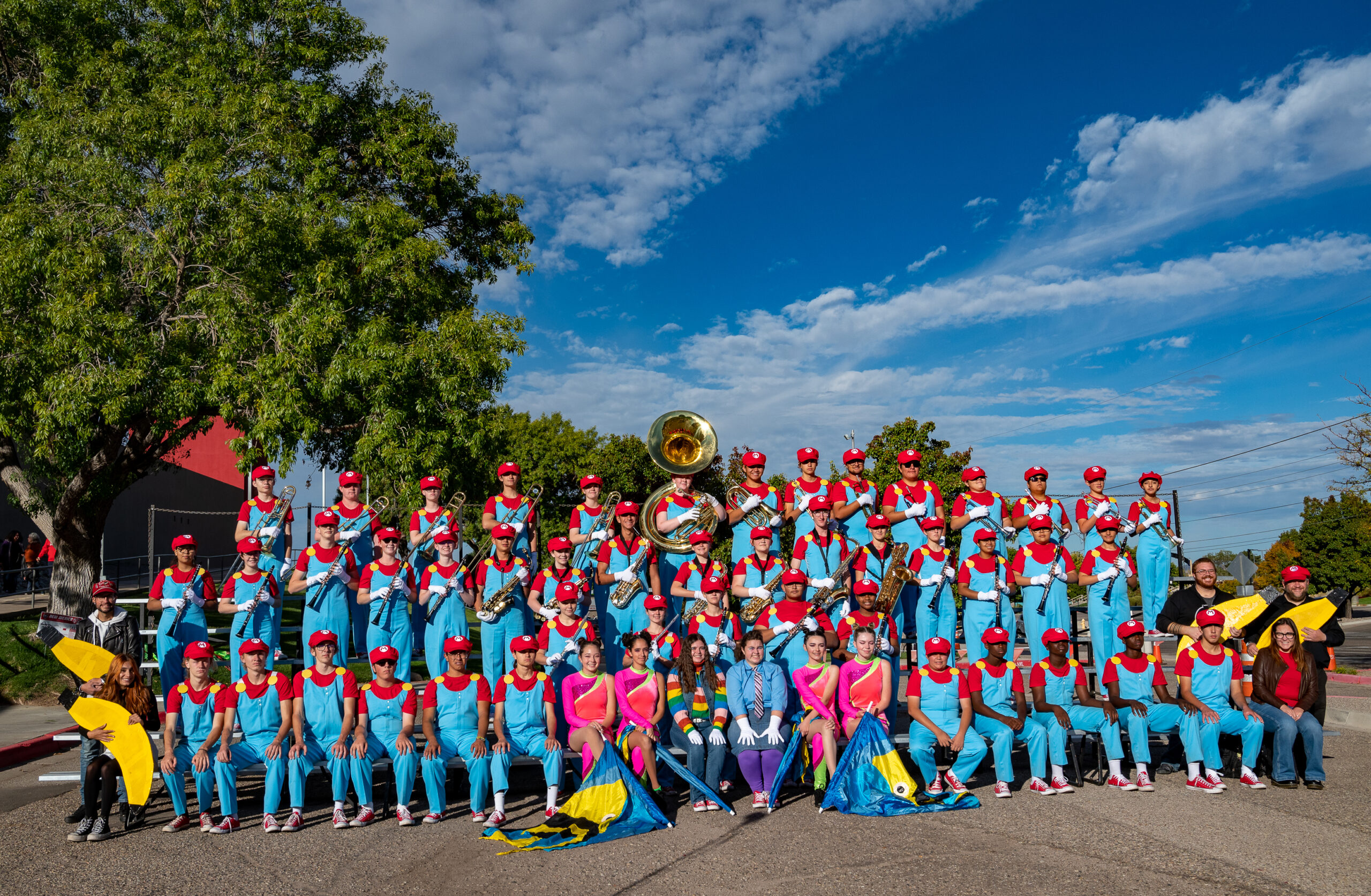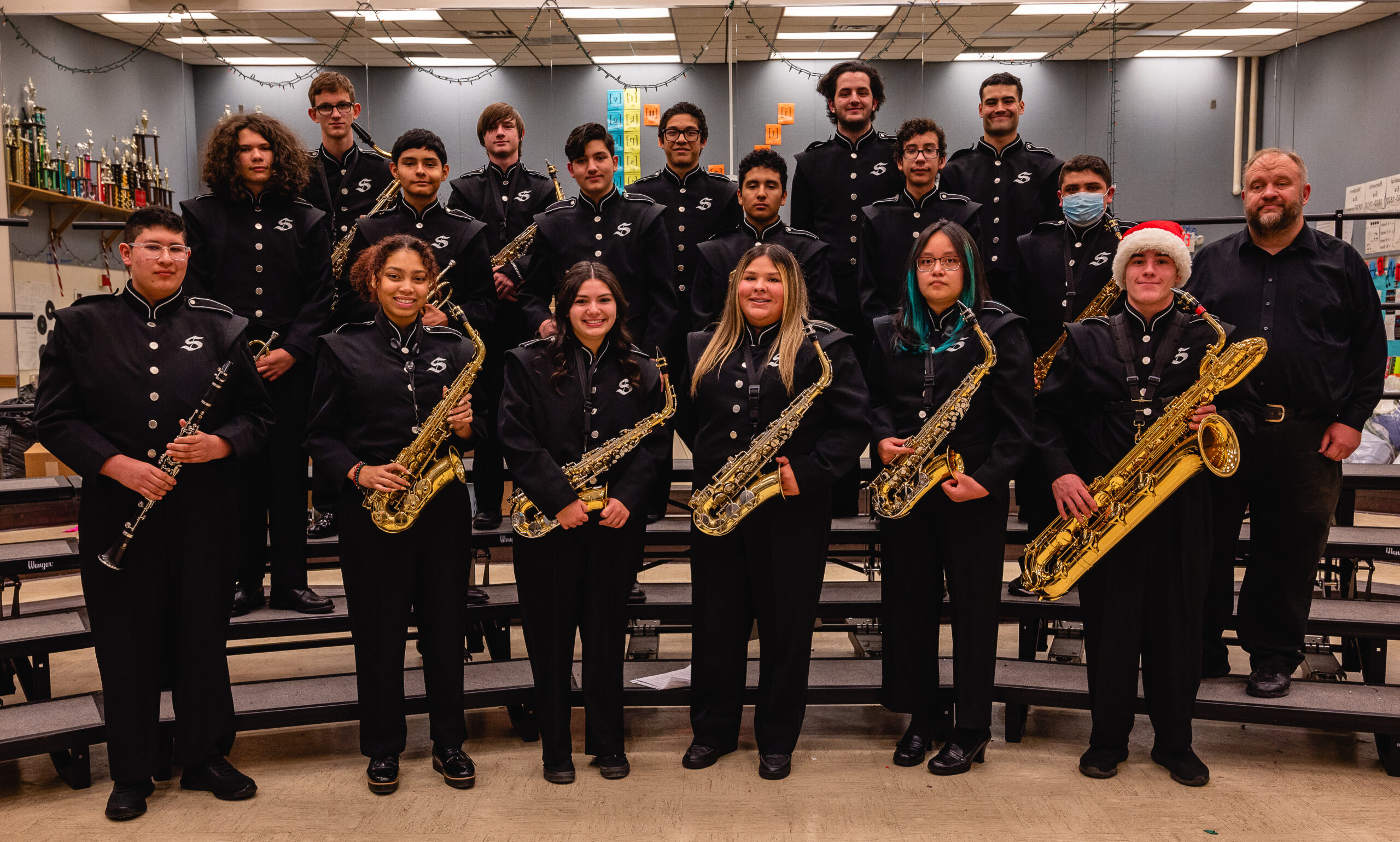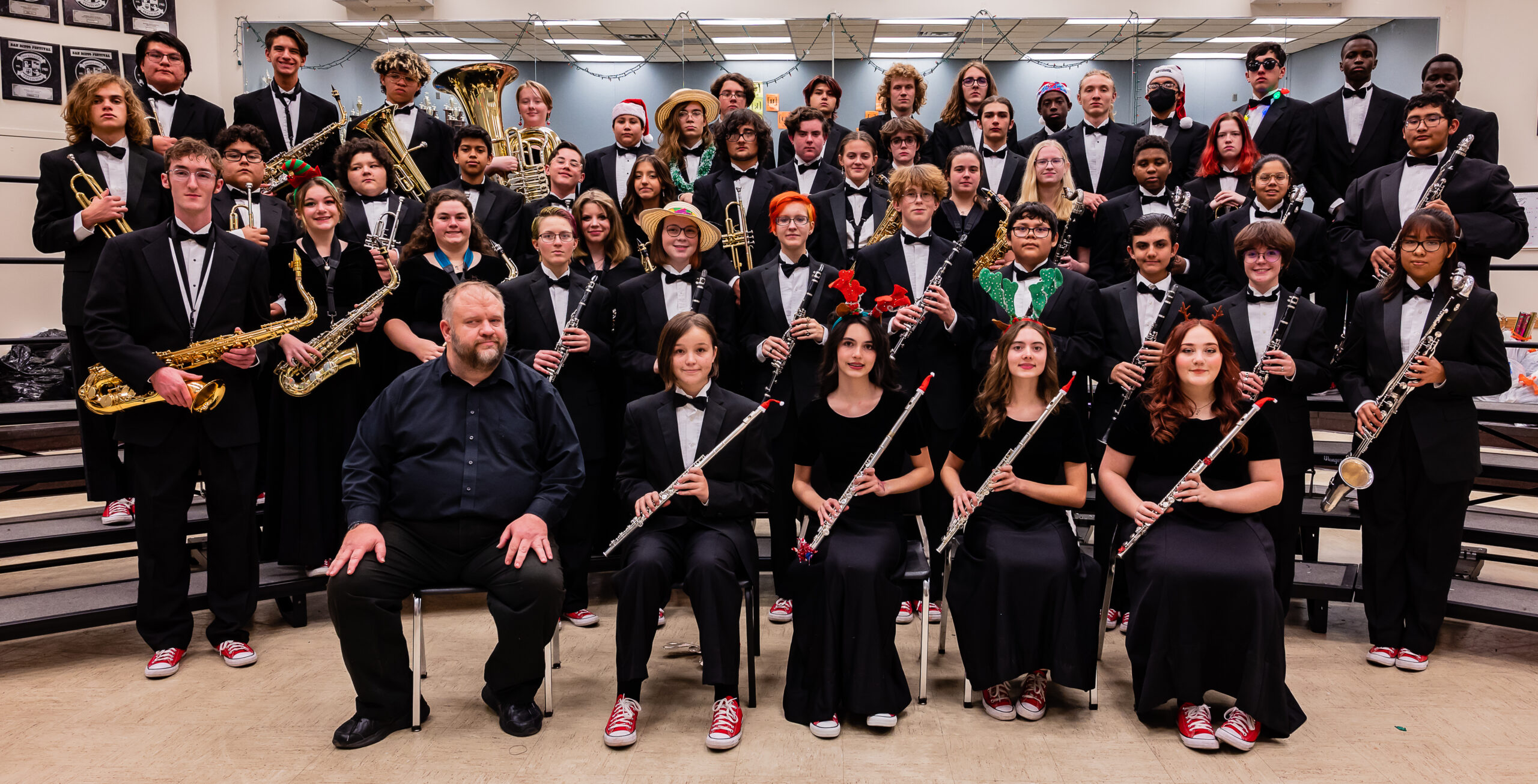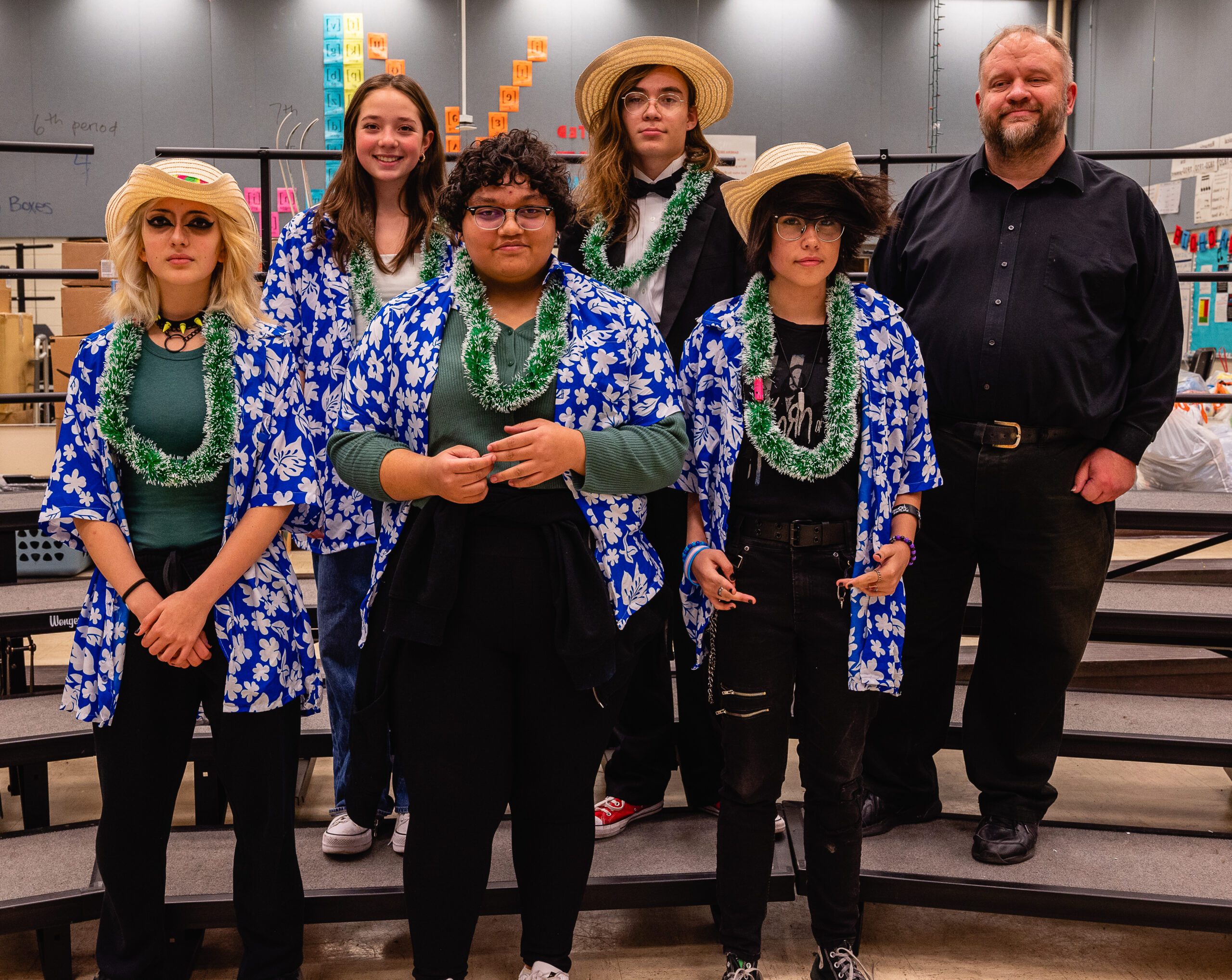Jazz Band
A Musical Ensemble
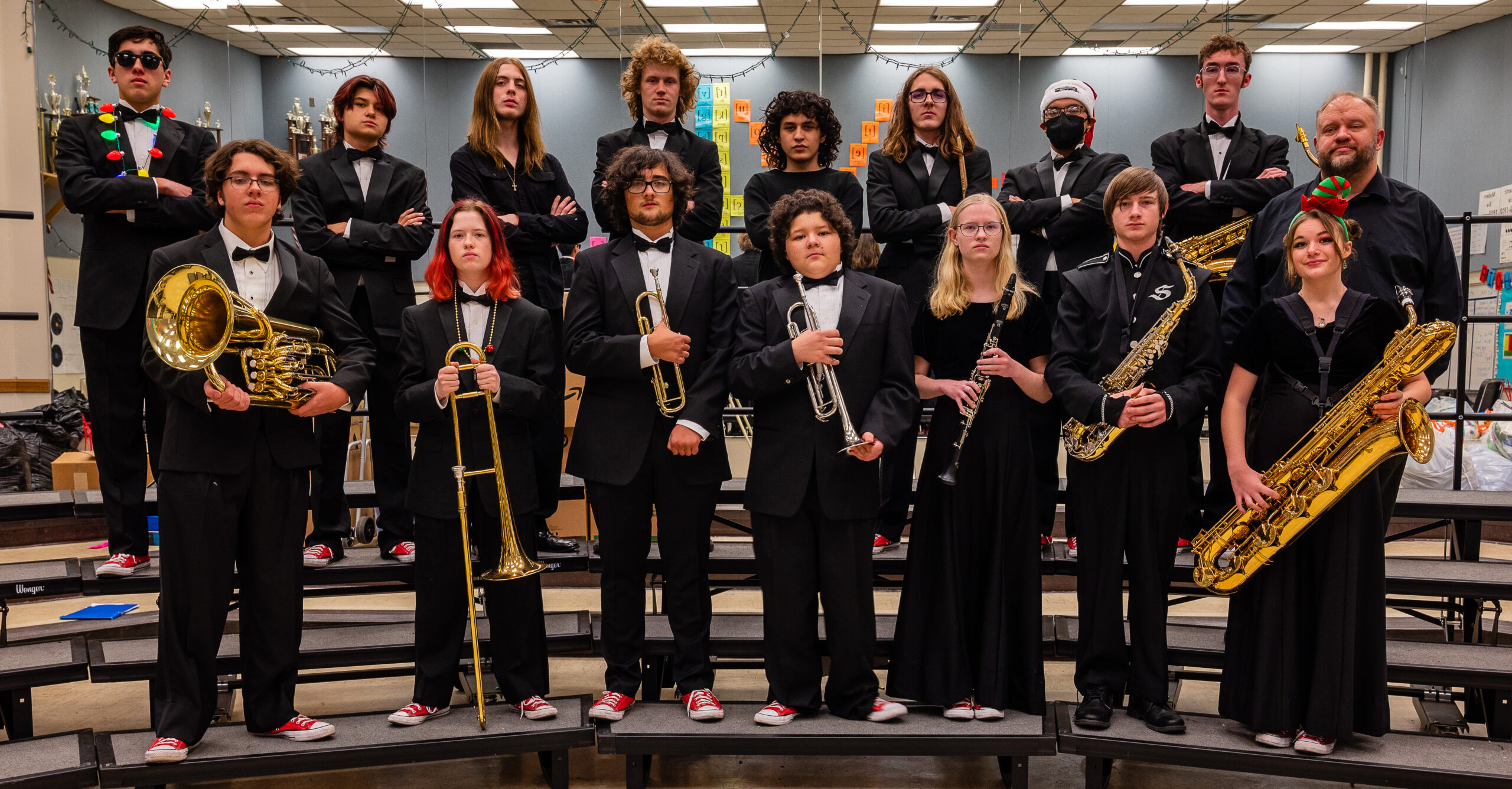
A jazz band is a musical ensemble that plays jazz music. Jazz bands vary in the quantity of members and the style of jazz that they play, but it is common to find a jazz band made up of a rhythm section and a horn section.
The size of a jazz band is closely related to the style of jazz they play as well as the type of venues in which they play. Smaller jazz bands, also known as combos, are common in night clubs and other small venues and will be made up of three to seven musicians; whereas big bands are found in dance halls and other larger venues.
Jazz bands can vary in size from a big band to a smaller trio or quartet. The term jazz trio can refer to a three-piece band with a pianist, double bass player, and a drummer. Some bands use vocalists, while others are purely instrumental groups. Jazz bands usually have a bandleader. In a big band setting, there is usually more than one player for a type of instrument.
Jazz bands and their composition have changed many times throughout the years just as the music itself changes with each performer’s personal interpretation and improvisation, which is one of the greatest appeals of going to see a jazz band.
At Sandia, this full-year class is available as an additional, supplemental musical experience for interested students. Students are expected to participate in a concert ensemble of their choice.
Marching Band
A Varsity-Level Marching Ensemble
A marching band is a group in which instrumental musicians perform while marching, often for entertainment or competition. Instrumentation typically includes brass, woodwind, and percussion instruments. Most marching bands wear a uniform, often of a military style, that includes an associated school or organization’s colors, name, or symbol. Most high school marching bands, and some college marching bands, are accompanied by a color guard: a group of performers who add a visual interpretation to the music through the use of props, most often flags and rifles.
Marching bands are generally categorized by function, size, age, gender, instrumentation, marching style, and type of show they perform. In addition to traditional parade performances, many marching bands also perform field shows at sporting events and at marching band competitions. Increasingly, marching bands perform indoor concerts that implement many songs, traditions, and flair from outside performances.
At Sandia, Marching Band is taught concurrently with Wind Symphony and their curricula are intertwined. This is a zero-hour and first-period class held during the fall semester. Participants are required to attend summer band camp, which is typically held in late July. Marching band also requires a significant time commitment during the fall. PE waivers are available to students enrolled during their 9th and 10th grade years.
Concert Band
A Junior-Varsity-Level Concert Band
A concert band is a performing ensemble consisting of members of the woodwind, brass, and percussion families of instruments, along with the double bass or bass guitar. On rare occasions, additional non-traditional instruments may be added to such ensembles such as piano, harp, synthesizer, or electric guitar.
A concert band’s repertoire includes original wind compositions, transcriptions/arrangements of orchestral compositions, light music, and popular tunes. Though the instrumentation is similar, a concert band is distinguished from the marching band in that its primary function is as a concert ensemble. The standard repertoire for the concert band does, however, contain concert marches.
At Sandia, the concert band is intended for students who are not interested or unable to make the time commitment required for Marching Band. This is a full-year class.
Wind Symphony
A Varsity-Level Concert Band
A wind symphony, also called wind ensemble, symphonic band, symphony band, or symphonic wind ensemble, is a performing ensemble consisting of members of the woodwind, brass, and percussion families of instruments, along with the double bass or bass guitar. On rare occasions, additional non-traditional instruments may be added to such ensembles such as piano, harp, synthesizer, or electric guitar.
A wind symphony’s repertoire includes original wind compositions, transcriptions/arrangements of orchestral compositions, light music, and popular tunes. Though the instrumentation is similar, the wind symphony is distinguished from the marching band in that its primary function is as a concert ensemble. The standard repertoire for the concert band does, however, contain concert marches.
At Sandia, Wind Symphony is taught concurrently with Marching Band. This is a zero-hour and first-period class held during the spring semester.
Steel Band
A Steel Drum Band
A steel band is a music ensemble, particularly associated with Caribbean or Carnival music, that is primarily composed of steel idiophones–called pans or steel pans–made from the bottoms of 55-gallon oil barrels. Repertoire includes reggae or soca styles.
At Sandia, this class is available to any student interested in learning the art of playing steel pans; enrollment preference is given to returning students. This is a full-year class.
